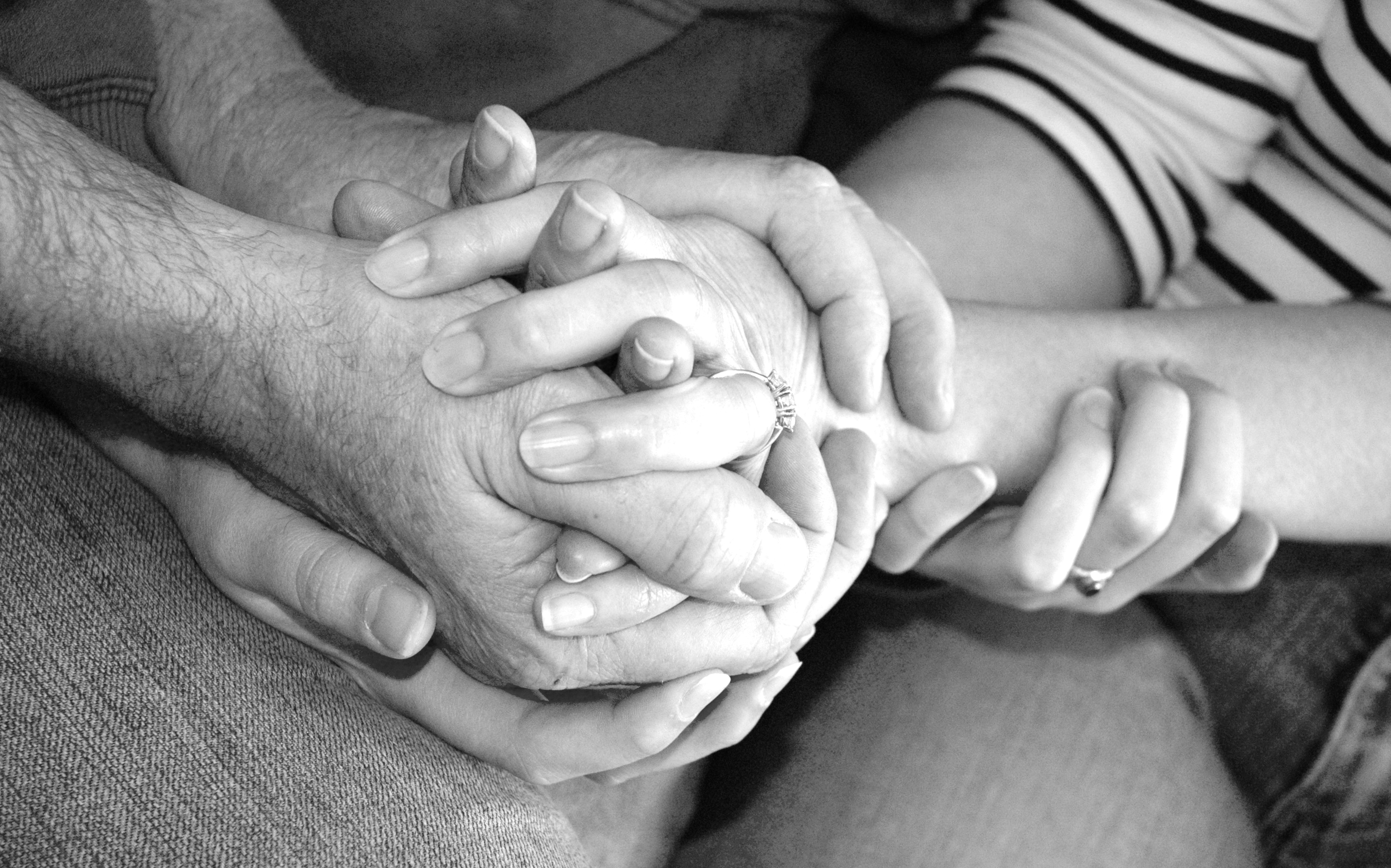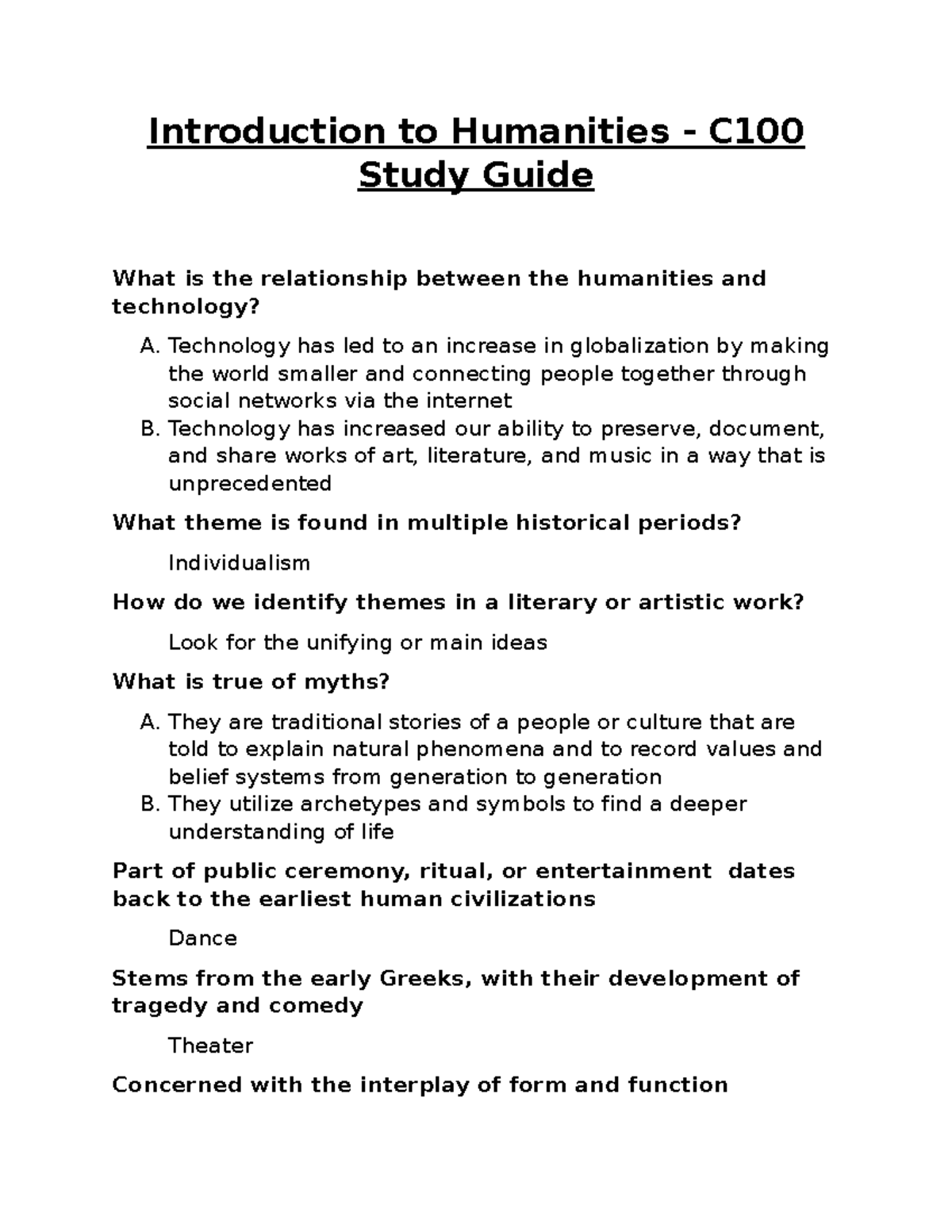Grief and loss are profound experiences that reshape our lives, inviting us into a space laden with deep emotional turmoil and eventual healing. When faced with the death of a loved one, such as the poignant journey depicted by Geraldine Brooks after losing her husband, the grieving process often feels bewildering and isolating. Navigating this pain, individuals may find themselves engaging in various rituals, from memorial days to personal reflections, as they seek solace in their memories. Understanding and dealing with grief can be challenging as it demands time and patience, but it is a crucial step toward acceptance and moving forward. In exploring these themes, we uncover not only the weight of sorrow but also the celebration of love that endures beyond life’s most painful losses.
The emotional landscape of mourning is often inexplicable, a complex tapestry woven with threads of sorrow, reminiscence, and eventual acceptance. The process of mourning, especially following the departure of someone dear, brings forth a unique kind of heartache that many can relate to, yet few truly understand. Through the lens of Geraldine Brooks, we witness not just the rawness of loss but also the necessity for reflection during times of remembrance and commemoration. As we delve into the depths of such experiences, we uncover alternative perspectives on how individuals work through their sorrow, each path marked by personal rituals and moments of quiet reflection. In this exploration, we embrace the universal aspects of loss that connect us and the transformative journeys that arise from the depths of our grief.
Understanding the Grieving Process
The grieving process is a deeply personal journey that varies from one individual to another. When faced with the loss of a loved one, emotions can fluctuate wildly, often swinging from sadness to anger to confusion. This pendulum of feelings is not linear; it can feel as though one is moving backward and forward simultaneously. Understanding that there’s no right or wrong way to grieve can be liberating. During this time, it’s crucial to allow oneself the space to process these emotions authentically. Reading literature on grief, such as reflections from notable authors who have experienced profound loss, can offer comfort and insight into one’s own journey.
Grief impacts every facet of life—from daily routines to mental and physical health. Engagement in self-care is vital during this tumultuous period. Whether it’s seeking support from friends and family or turning to therapy, acknowledging that support is available can help ease the burden. Authors like Geraldine Brooks often convey these complex emotions in their works, showcasing how whispers of grief echo in our daily lives. Personal narratives can resonate and provide a sense of solidarity, reminding those mourning that they are indeed not alone in their experiences.
Dealing with Grief and Loss
Dealing with grief and loss is an intricate dance that involves acknowledging profound sorrow while seeking moments of peace. When faced with the death of someone close, the immediate chaos can feel overwhelming, similar to the disoriented state described by Geraldine Brooks in her story of sudden loss. Embracing the immediate feelings—whether hurt, anger, or confusion—is essential. It’s crucial to honor these emotions without judgment and allow oneself to experience the pain instead of suppressing it. This engagement with grief can ultimately lead to healing and acceptance over time.
One effective way to deal with grief is through ritual and remembrance, particularly on memorial days that honor the departed. Creating personal traditions, such as writing a letter to the loved one lost or sharing stories with friends and family, can allow for a meaningful way to connect with their memory. It’s often said that grief is love’s acknowledgment of loss. Inious reflections, like those found in Geraldine Brooks’s work, highlight how such practices can validate our emotions, reminding us that it’s okay to miss the person who has passed and that our memories keep them alive in our hearts.
Exploring the nuances of grief can also lead to unexpected insights about oneself and one’s relationships. Through reflection, individuals may discover newfound strength or resilience, often leading to a deeper understanding of life itself. Many who have experienced the loss of a loved one find that their grief teaches them invaluable lessons about love, connection, and the necessity to cherish the present. Geraldine Brooks beautifully illustrates that despite the overwhelming sense of loss, every person can find their own ‘memorial days,’ sacred moments dedicated to honoring both the joy and sorrow intertwined in love.
Memorial Days and Personal Reflections
Memorial days serve as poignant reminders of those we’ve lost, allowing us to set aside specific times to remember and reflect on their lives. For Geraldine Brooks, the day she lost her husband became an annual moment of remembrance, a silent promise to honor the love shared. These days can be cloaked in layers of feelings—grief, nostalgia, and gratitude—all colliding as we remember. Commemorating the life of a loved one through shared stories, meal traditions, or visiting their favorite spots can foster a tangible connection that transcends death. It is through these rituals that we bring our memories into the present.
In addition to structured memorial days, spontaneous reflections can also provide solace. Visiting a favorite place that holds memories or engaging in past activities can evoke cherished times spent together, transforming grief into a celebration of life. These rituals do not necessitate grand gestures; even a quiet moment of remembrance at home can hold great significance. Finding creative outlets such as writing, painting, or gardening can serve as a means to channel grief into something beautiful and healing. In embracing such actions, we allow ourselves to navigate the complex landscape of grief while maintaining an enduring connection to those we love.
Literature’s Role in the Healing Journey
Literature plays a unique role in the healing journey through grief and loss, providing comfort and validation to those navigating these tumultuous waters. Authors like Geraldine Brooks dig into the depths of their sorrow, sharing personal narratives that resonate with readers who have faced similar trials. These stories offer more than enjoyment; they serve as a mirror reflecting the chaotic emotions of loss, helping individuals to process their grief. The act of reading about another’s pain can be both cathartic and enlightening, allowing for a shared understanding of the human experience.
Moreover, literature encourages introspection, prompting readers to examine their feelings and responses towards their own loss. Poetry and novels often explore themes like love, memory, and the intricacies of mourning, providing a language for what might feel indescribable. This connection can foster a deeper understanding of how one fits into the broader narrative of life, while also providing a sense of community among those who are grieving. In celebrating the profound insights found within these written works, individuals can find solace, knowing they are not alone in their heartbreak.
Finding Support During Grief
Finding support during grief is an essential aspect of the healing process. When tragedy strikes, the feeling of isolation can be suffocating, but understanding that others have walked similar paths can be incredibly comforting. Whether through support groups, talking with friends, or seeking professional counseling, it’s important to remember that one’s grief is valid and that sharing it can alleviate the burden. Resources ranging from online forums to local support meetings provide avenues for connection and understanding, illustrating that healing often requires community.
In the throes of grieving, reaching out for help can be extraordinarily challenging. It is crucial to remember that leaning on others does not signify weakness; rather, it acknowledges the complex nature of grief. Engaging with narratives like Geraldine Brook’s can also create a sense of camaraderie, reminding us that sorrow is a shared human experience. These connections can imbue our journey with hope and encourage the expression of feelings that might otherwise remain bottled up, affirming that seeking support is not only acceptable but also a step toward healing.
Navigating Grief in Unique Ways
Navigating grief in unique ways can empower individuals, offering them personal tools to cope with their loss. Each person’s experience is distinct, and finding what resonates on an emotional level can aid the healing journey. For some, journaling becomes an outlet for expressing thoughts and feelings that may be hard to verbalize; for others, engaging in physical activities or creative endeavors serves to honor their loved ones while allowing for personal expression. Exploring various avenues can help uncover the best methods to process emotions constructively.
In addition, incorporating cherished memories into daily life can be a powerful way to navigate grief. Displaying photographs, creating art, or simply allowing oneself time to reminisce about a loved one can help keep their spirit alive. Many find peace in creating new traditions that honor the deceased, such as cooking their favorite meals on significant dates or engaging in hobbies they shared. In embracing these acts, individuals can cultivate a unique relationship with their grief, keeping their loved one’s memory vibrant as they learn to live with the loss.
The Impact of Grief on Daily Life
The impact of grief on daily life can be profound and all-encompassing. After the loss of a loved one, routine activities can feel daunting, overshadowed by waves of sadness and memories. For many, grief infiltrates almost every aspect of existence, making it difficult to engage fully with life. This emotional heaviness often manifests in physical symptoms, affecting concentration, sleep, and even appetite. Recognizing these effects can be a vital first step toward healing, as understanding the impact of grief legitimizes one’s feelings and experiences.
Moreover, it’s essential to acknowledge that this impact fluctuates, often leading to unexpected emotional responses even long after the initial loss. Days of seemingly manageable grief may suddenly give way to overwhelming sorrow, particularly during anniversaries or special occasions. Integrating small self-care practices, such as mindfulness or gentle exercise, can help manage these emotions. It’s imperative to treat oneself with grace and patience during these times, understanding that while grief can be isolating, it is also a universal experience that many share.
Honoring Memory Every Day
Honoring memory every day involves a conscious effort to keep a loved one’s spirit alive within our daily routines. It is about finding ways to celebrate their life in meaningful ways, not only in the wake of their passing but as a continual tribute to the love shared. Small actions—such as lighting a candle, mentioning them in conversation, or volunteering in their name—serve as reminders of their lasting presence in our lives. This daily act of remembrance helps to weave the memory into the fabric of our existence, allowing us to carry forth their legacy.
Creating new traditions in honor of the lost loved one can also play an integral role in the grieving process. For instance, engaging in charitable activities or dedicating time to helping others can channel grief into something positive. Each gesture becomes a symbol of love and respect that transcends death, reinforcing the belief that while the physical presence may be gone, the essence of the person remains a part of the family as a source of strength and inspiration. Through these daily honors, grieving individuals can balance the sorrow with gratitude, cherishing the time spent with their departed loved ones.
Preparing for Significant Dates of Remembrance
Preparing for significant dates of remembrance, such as birthdays or anniversaries, can stir up a complicated blend of emotions. On these days, the absence of a loved one often becomes more pronounced, reminding us starkly of their absence. It is essential to approach these dates with sensitivity, allowing oneself the space to feel grief without fear of judgment. Planning ahead can be beneficial—whether by organizing a small gathering in their memory or engaging in activities that honor their life can provide structure and meaning to what would otherwise be a challenging day.
Additionally, creating space for personal reflection on these significant dates can foster healing. Many find solace in revisiting cherished memories through photo albums or journals, allowing the warmth of those memories to permeate through sadness. Ultimately, acknowledging these dates allows for an intentional reflection on the love shared, facilitating a bond that continues to exist even after loss. These acts become powerful reminders that grief is a manifestation of love, ever-present as we learn to navigate life in their absence.
Frequently Asked Questions
What is the grieving process after the loss of a loved one?
The grieving process is a personal journey that typically involves several stages: denial, anger, bargaining, depression, and acceptance. Each individual experiences these stages differently, and they can occur in varying orders. It’s important to allow yourself to feel the emotions that arise during this time, as they are a natural part of dealing with grief.
How can I effectively deal with grief after the loss of a loved one?
Dealing with grief involves acknowledging your feelings and finding healthy outlets for them. This can include talking to friends or family, seeking professional support, or engaging in activities that honor the memory of your loved one. It can also help to establish a routine that incorporates self-care, mindfulness practices, and moments of remembrance.
What should I do on memorial days to honor the loss of a loved one?
On memorial days, you can honor your loved one by creating a special ritual or activity that celebrates their life. This could include visiting their grave, holding a memorial service, sharing memories with family, or partaking in an activity they loved. The key is to engage in a way that feels meaningful to you and helps facilitate your grieving process.
How does writing help in the grieving process?
Writing can be a therapeutic way to express your emotions during the grieving process. Many people find journaling their thoughts, feelings, and memories of their loved one to be a valuable tool in processing grief. Writing can also allow you to explore your feelings deeply and gain insights into your healing journey.
What are some common misconceptions about the grieving process?
Common misconceptions about the grieving process include the idea that it follows a strict timeline or that certain feelings, like anger or guilt, are ‘not normal.’ In reality, grief is highly individual and can manifest in unexpected ways, often extending far beyond traditional time frames. Understanding that there is no right or wrong way to grieve can provide comfort.
What role does Geraldine Brooks play in discussing grief and loss?
Geraldine Brooks, through her writing, particularly in ‘Memorial Days’, offers a poignant reflection on her personal experience with grief after the loss of her husband, Tony Horwitz. Her narrative sheds light on the complexities of the grieving process and highlights the importance of allowing oneself time and space to mourn.
How can memorial practices support the grieving process?
Engaging in memorial practices can significantly support the grieving process by providing a structured opportunity to reflect on memories and celebrate the life of the deceased. These practices, ranging from planting a tree in their honor to creating a scrapbook, can facilitate healing by creating lasting connections between the living and the memory of the loved one.
What is the importance of acknowledging grief and loss in our culture?
Acknowledging grief and loss is crucial in our culture as it validates the emotional experiences of those who are mourning. By embracing open discussions about death and grief, we create a more supportive environment where individuals feel empowered to express their emotions and seek help, rather than suppressing their feelings in silence.
| Key Point | Description |
|---|---|
| Sudden Loss | Tony Horwitz’s unexpected death profoundly impacts Geraldine Brooks, leading her into a painful period of grief. |
| Shock and Disbelief | Geraldine struggles with accepting Tony’s death as she recalls his vibrant personality and their happy life together. |
| Need for Grieving | She recognizes the importance of taking time to grieve and honor her late husband properly. |
| Isolation in Grief | Geraldine feels alone in her grief, having received the news of Tony’s passing without support. |
| Cultural Reflection | She critiques societal norms that often rush people through the grieving process, emphasizing the need for respectful remembrance. |
| Personal Journey | Geraldine intends to visit Flinders Island to embrace her grief and find solace in nature. |
Summary
Grief and loss are deeply intertwined processes that can fundamentally alter an individual’s life. Geraldine Brooks’s reflection on the unexpected death of her husband illustrates the complexity of grieving—a journey that is often filled with shock, disbelief, and profound loneliness. As she endeavors to honor Tony’s memory, she emphasizes the necessity of allowing oneself to fully grieve and to escape societal pressures that may rush this crucial healing process. Through her narrative, Brooks not only sheds light on her personal experience but also calls attention to the wider cultural need for compassion and understanding in times of loss.




